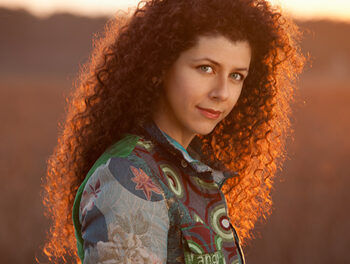Suppose you put the following question to just about anyone knowledgeable in matters musical: What was the earliest ballet score composed by Aaron Copland? Almost all would assure you that of course it was his Billy the Kid from 1938. But if you asked Raleigh Civic Chamber Orchestra conductor Randolph Foy or any member of that ensemble you would quickly learn that, no, it was his Hear Ye! Hear Ye! from 1934. Indeed, anyone in attendance at the NCSU Student Center Ballroom on this particular Sunday afternoon could offer verification for such a claim.
This uncommon work was the “magnum opus” of a program that began with an upbeat reading of Haydn’s Symphony No. 88. The two pieces were musically and chronologically far enough apart to define a huge spectrum. The Haydn contained no unpleasant surprises. The players seemed well prepared and enthusiastic. The program notes pointed out that the Largo movement was “an interweaving of beautiful oboe-cello melody and sudden, dramatic outbursts for the full orchestra.” The accuracy of that statement was certainly evident. The prominent and effective contribution of the horns should also be noted, especially in the opening Adagio-Allegro movement, and to a slightly lesser extent, throughout the entire work. The four movements by the actual inventor of the symphonic form constituted serious music, but music with a good-fun spirit, performed in like manner.
For the larger work, the spare orchestra was augmented by a few instruments, notably including a piano. That the piece is so expressive proves to be a mixed blessing when employed as a stand-alone work. Instead of formal movements it consists of eighteen “scenes.” The ballet tells the story of a murder in a Chicago nightclub, circa the “twenties.” Since the music is more or less continuous, the listener is frequently trying to divine just what scene is actually being expressed. Is this where “The chorus girls perform a jazz number,” or has it yet become the “Seductive duet (pas de deux) by the victim and dance partner?” Happily, the sound effects of some scenes are so obvious that even the dullest witted hearer can occasionally find the correct place.
With the piece some thirty minutes long, the scenes average less than two minutes each. As presented by these players, the music evinced great charm and humor. It gave an early glimpse of output that one now associates with this composer. Since its recent discovery, it might well take its place among the Copland standards. But herewith is an unsolicited suggestion for a major enhancement (from one of the aforementioned dull wits): Add one more “instrument” to the orchestration. Let it show the number of the scene as each begins. Then one knows for sure that this is indeed Scene 12, the “Duet (sweet and elegant); a jealous chorus girl shoots one partner.”
The Raleigh Civic Symphony Association has here presented yet another unusual and imaginative program. Through the efforts of these people, the community is repeatedly entertained and educated.











